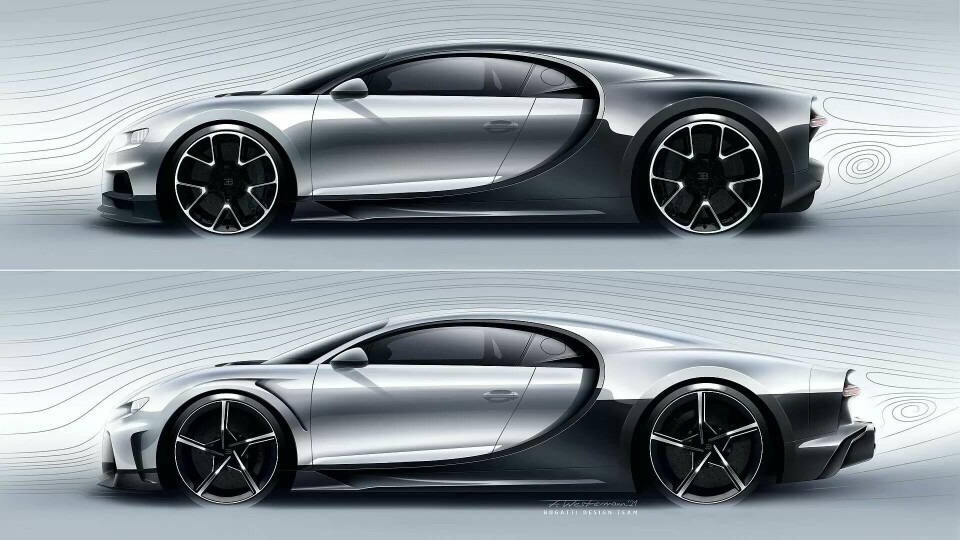
Interview: Luka Lenard UX/UI design manager at Bugatti Rimac
Ahead of Car Design News’ livestream discussing software and the future of automotive design, we have a quick chat with Luka Lenard UX/UI design manager at Bugatti Rimac
Thanks to ever-evolving technology, designers are better connected to the consumer than at any point in automotive history. Data gathering on consumer behaviour is helping identify their changing habits and needs, allowing designers to respond and make decisions while alleviating risk. But how is this connected world changing elements of car design like UX and the focus on technology? Car Design News spoke to Luka Lenard, UX/UI design manager at Bugatti Rimac about how data informs the user experience.
Car Design News: How do you create a user experience that is unique – what are the key challenges, and what are the things designers get wrong?
The user experience is highly dependent on the user, as the name suggests, and when you have a unique user, as we do, the product becomes unique as well. We let our creativity run wild and make it usable and approachable to the user later. The hypercar segment and low volumes also give us the opportunity to take a different approach when decision-making.
CDN: What role does data play in informing how you design UX?
Luka Lenard: Collecting data about your user is extremely important. It is hard to create effective experiences if you do not know the users’ needs. When you have the correct information, you understand what to design and how to present it. When validating your products, data collection is the most crucial, it will make or break the final design.
CDN: Have we reached ‘peak screen?’
LL: That would depend on the segment you are targeting. If we are talking about autonomous passenger vehicles, the screens will play a crucial role, and we did not reach a limit there. On the other hand, the hypercar segment would benefit from fewer screens. There should be a balance between physical functions and screen real estate.
CDN: If not, why not? And if we have, what will come next?
LL: As mentioned in the case of autonomous vehicles, the screens are the main source of entertainment, advertisement and work while travelling. When talking about the hypercar segment, screens are less significant. Because of the high-performance aspect of the cars, the usability of physical functions comes through. A good balance and a combination of physical controls and screens are necessary.
CDN: Do you see interior trends such as ‘digital detox’ taking hold and what will that mean for UX design?
LL: I am not sure that this is the case. It seems that we are moving away from screens, but all new products are increasing screen real estate. As technology is evolving and there are more functions in cars, UX is becoming more significant. We are trying to balance the physical and digital aspects of the vehicle with safety, ergonomy, usability and performance. We must take care that we do not push the full scope of technology to the screens but create a balance.



